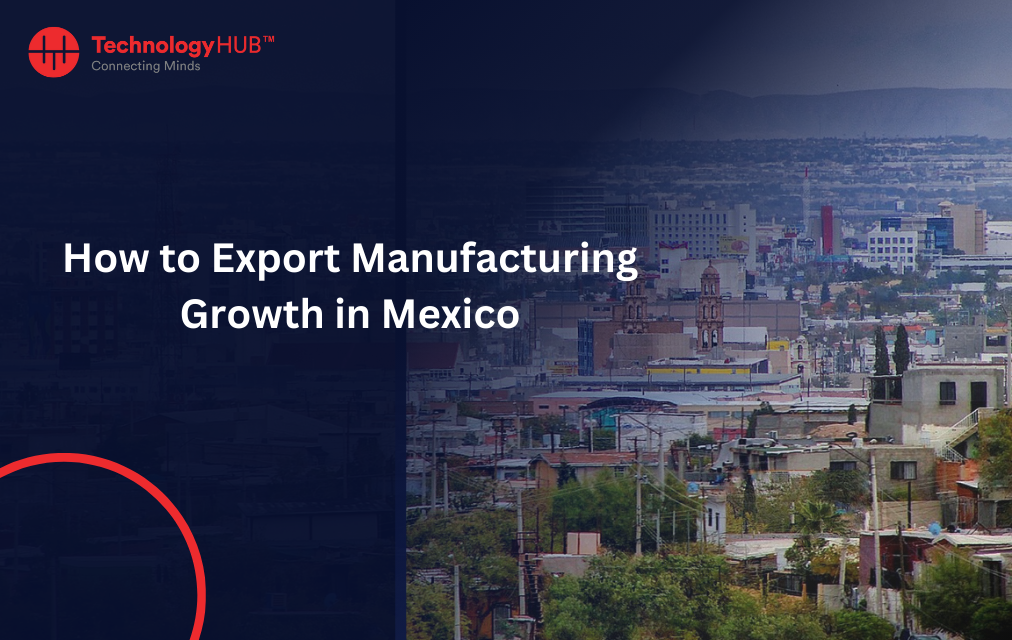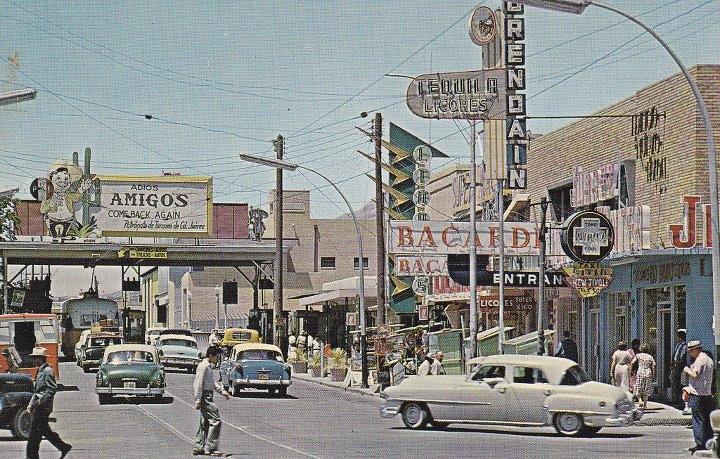
The El Paso del Norte region is a dynamic cross-border area straddling the United States and Mexico. This region has witnessed a remarkable evolution in its export manufacturing industry since the establishment of the first industrial park in Ciudad Juárez in 1966.
This transformation has not only shaped the economic landscape of the region but also created untapped opportunities for further growth and development with the US. As a regional entity, Technology HUB has developed a cross-border innovation ecosystem that connects businesses that contribute to the economic development and well-being of the area with scalability in mind.
To understand the opportunities in El Paso del Norte, it is important to understand the history of export manufacturing in this region, exploring its roots, evolution, and the potential avenues for maximizing economic benefits.
Historical Context of El Paso del Norte
The story begins in 1966 when Ciudad Juárez, the largest city in the Mexican state of Chihuahua, inaugurated the first industrial park. As the US and global appetites for less expensive manufactured products increased, the manufacturing sector of Ciudad Juárez boomed.
This marked the initiation of a strategic shift towards export-oriented manufacturing, laying the foundation for what would become a pivotal economic force in the region. The proximity to the United States, particularly the city of El Paso in Texas, facilitated the seamless movement of goods and labor across the border, fostering an environment conducive to industrial growth.
Since that time, the maquiladoras (manufacturing plants) of Ciudad Juárez have become one of the city’s defining characteristics, $40 billion US dollars in international purchases of raw materials in 2020 and growing to over $54 billion in 2022.

Growth and Development of the Ciudad Juarez Economy
From 1966 forward, the El Paso del Norte region emerged as a magnet for export manufacturing, attracting multinational corporations seeking cost-effective production capabilities. The establishment of maquiladoras offered a platform for companies to take advantage of lower labor costs while maintaining close proximity to the lucrative U.S. market.
The growth of the export manufacturing industry brought about a surge in employment, drawing a significant workforce from both sides of the border. This symbiotic relationship between Ciudad Juárez and El Paso, Texas became a model for cross-border collaboration, benefiting both economies. The development of a robust infrastructure, including transportation networks and industrial facilities, further fueled the expansion of the sector.
Challenges and Opportunities in Ciudad Juárez
Despite the success story, challenges and untapped opportunities still exist within the El Paso del Norte region.
Until recently, the dependency on low-skilled labor and a concentration of industries in specific sectors have led to concerns about the region's resilience in the face of economic shifts, but luckily, the region has turned a corner. The ever-evolving landscape focuses on upskilling and presents opportunities for diversification and technological advancement.
The region is well-positioned to leverage its established manufacturing base and proximity to the U.S. market to attract high-tech industries. Investing in workforce development and education can help elevate the skill set of the local workforce, making it more adaptable to the demands of modern manufacturing. This shift towards a more skilled labor force can pave the way for the incorporation of advanced technologies, such as automation and artificial intelligence, enhancing the region's competitiveness on the global stage.

Strategies for Industries Expanding to El Paso del Norte
To fully harness the economic potential created by the growth of Ciudad Juárez, regional technology hubs benefit by considering the following strategies:
- Diversification of Operations: Companies can explore diversifying their operations beyond traditional manufacturing. Investing in research and development, technology-driven solutions, and innovative processes can position them as leaders in cutting-edge industries.
- Investment in Workforce Development: Recognizing the importance of a skilled workforce, companies should collaborate with educational institutions and invest in training programs. By upskilling the local workforce, companies can ensure they have the talent pool necessary for high-tech and advanced manufacturing processes.
- Innovation Initiatives: Creating an innovation ecosystem within companies is crucial for staying competitive. Establishing research and development centers, fostering a creative work environment, and incentivizing employees to contribute to innovation can set companies apart in the global market.
- Collaboration with Local Ecosystem: Engaging with the local business ecosystem in Ciudad Juárez and El Paso, Texas is essential. Collaborative efforts in infrastructure development, regulatory frameworks, and sustainability initiatives can create a conducive environment for companies to thrive.
The export manufacturing industry in the El Paso del Norte region has come a long way since the establishment of the first industrial park in 1966. While the success of this industry has undeniably shaped the economic landscape of the region, there is still significant untapped potential waiting to be realized.
Technology HUB is an innovation ecosystem that specializes in finding and developing local talent with global aspirations. If you’re interested in finding out more or getting involved, reach out today!
